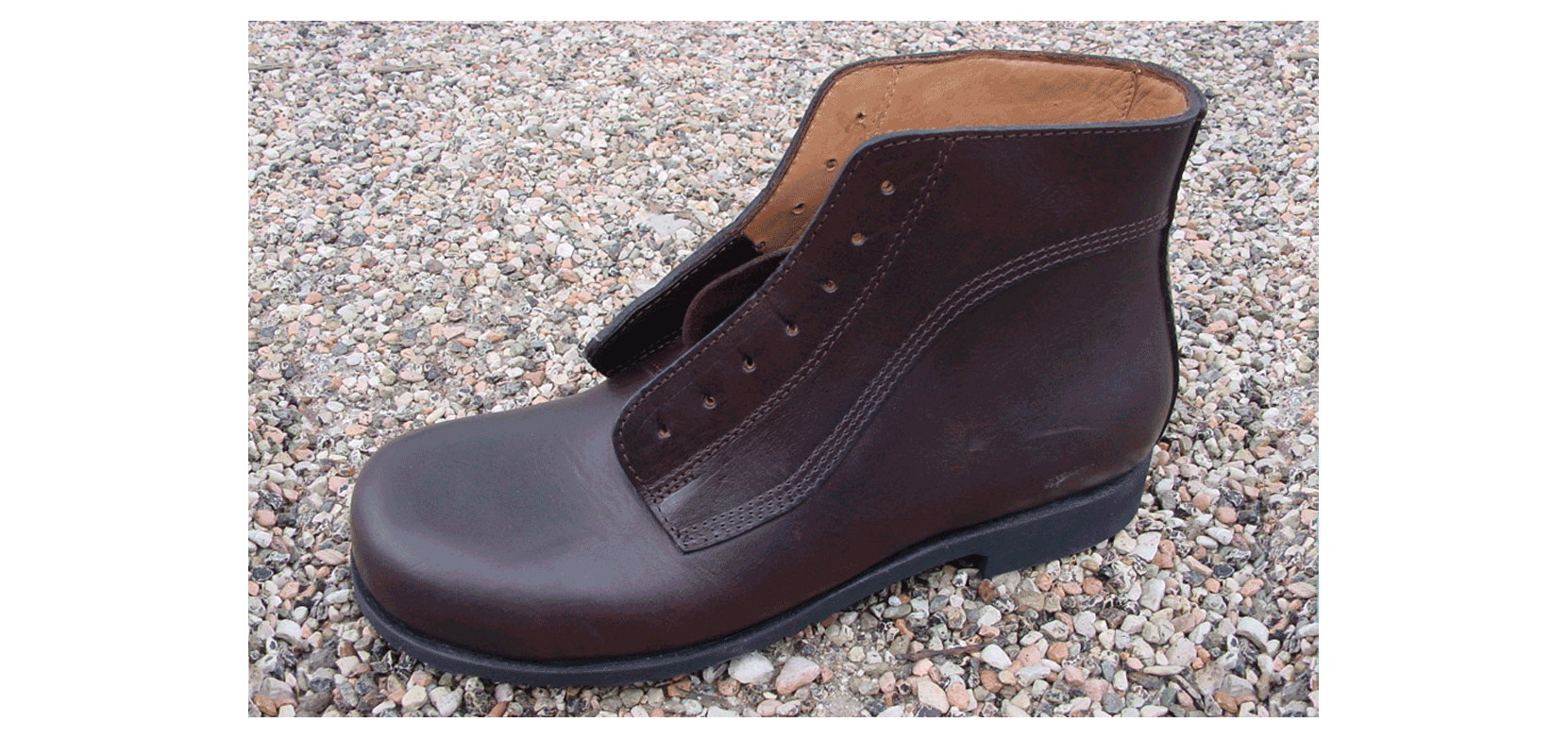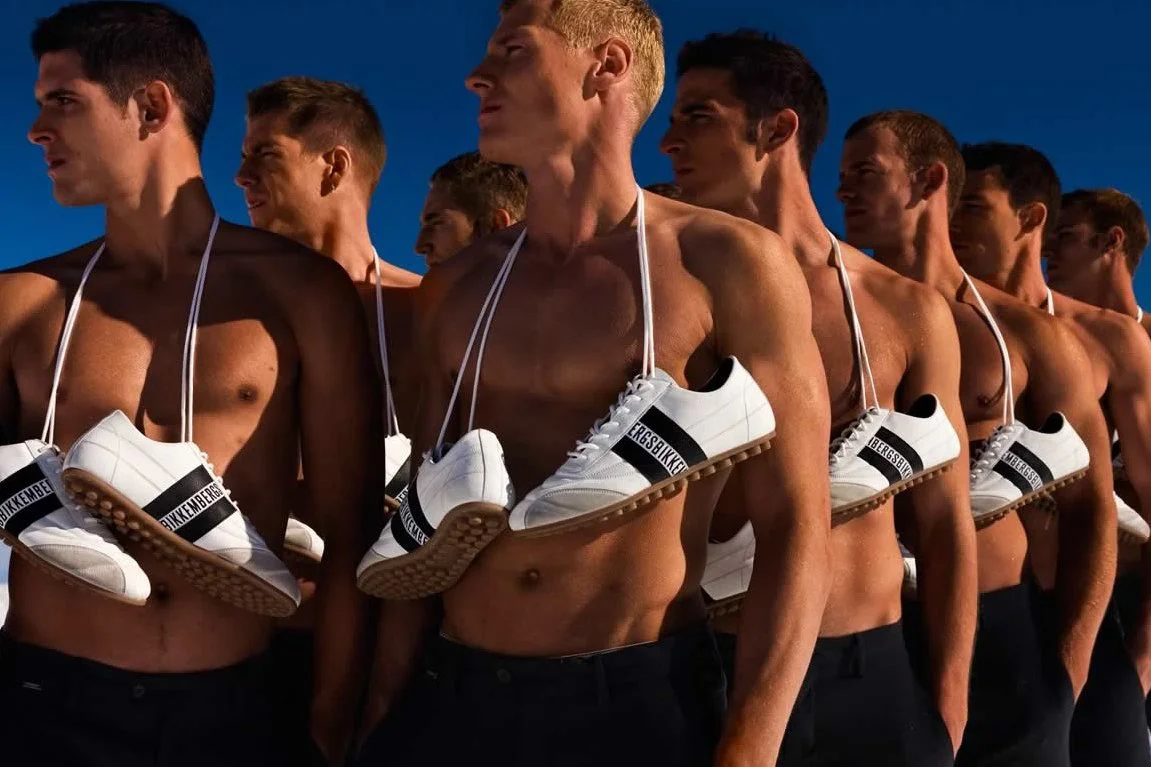SPOrts wash
Client: Dirk bikkembergs
To convey the brand's vision of strength and resilience, a convincingly ‘worn-in’ aesthetic was innovatively pioneered to produce ‘new-vintage’ footwear. Visually distressed and patinated whilst retaining the comfort and structure of brand-new pair.
Early experimentation involved stone washing a pair of military leather boots using industrial equipment. Initial attempts caused shrinkage and structural damage to internal components, rendering them unwearable. Iteration and refinement continued toward a viable production solution.
-

Laced boots were considered but the chosen silhouette drew inspiration from vintage firefighter footwear; durable, utilitarian pull-on leather boots reimagined with signature detailing such as a reinforced gusset and oversized pull tabs. With access to Goodyear welt construction, the opportunity was taken to create a rugged, hard-wearing silhouette.
-
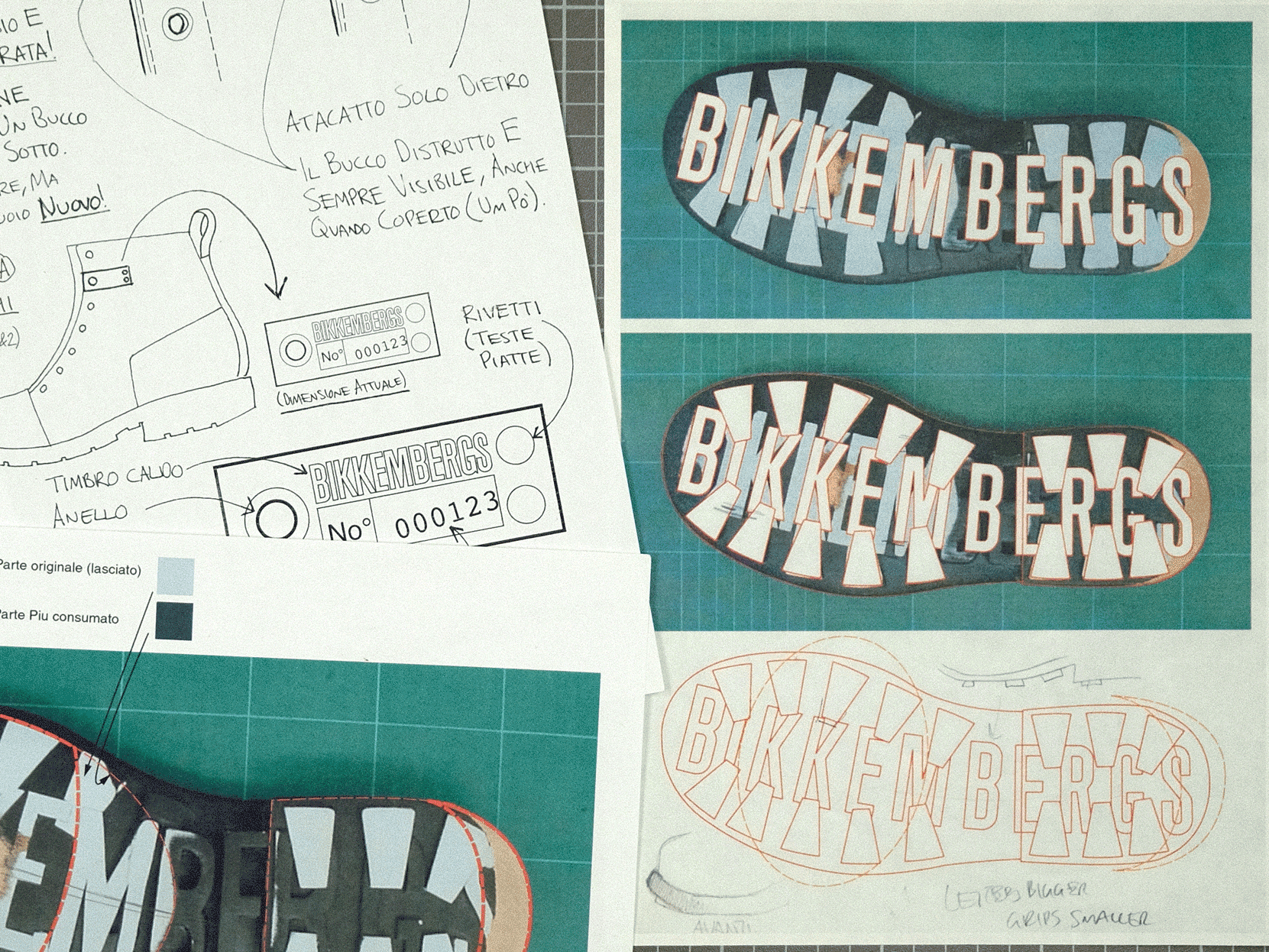
A custom rubber undersole was developed. Designed by hand to feature the brand name embedded between the cleats. The model was first created in wood and then scuffed manually to create the illusion of heavy use before casting in natural rubber.
-
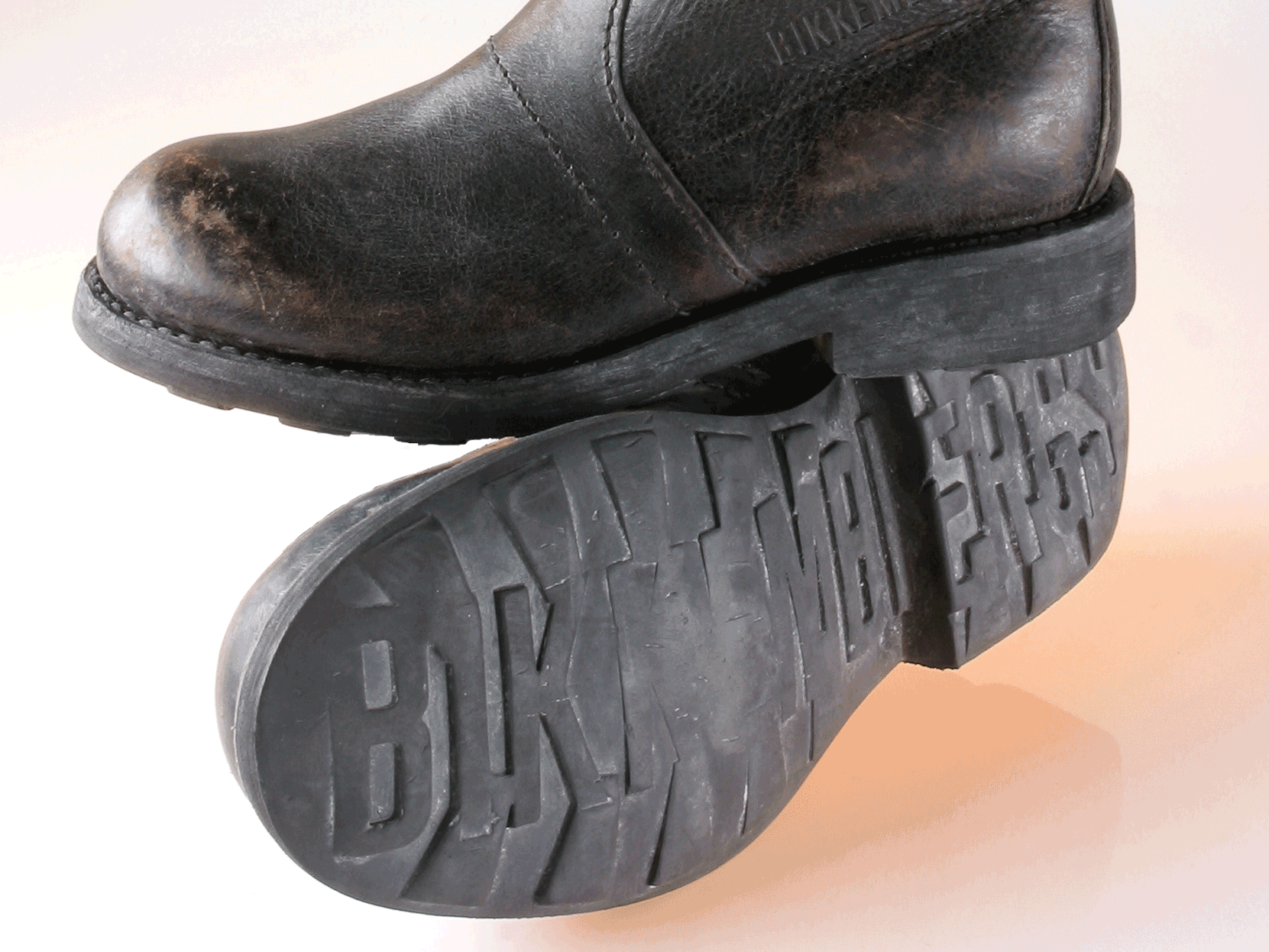
A bespoke washing system was engineered with industrial footwear experts, with the final process balancing time, temperature, and leather type. The resulting aging effect softened the upper, enhanced comfort in the ankle area, removed surface sheen from the sole and rounded off the cut leather edges through repeated impact within the washing chamber.
-
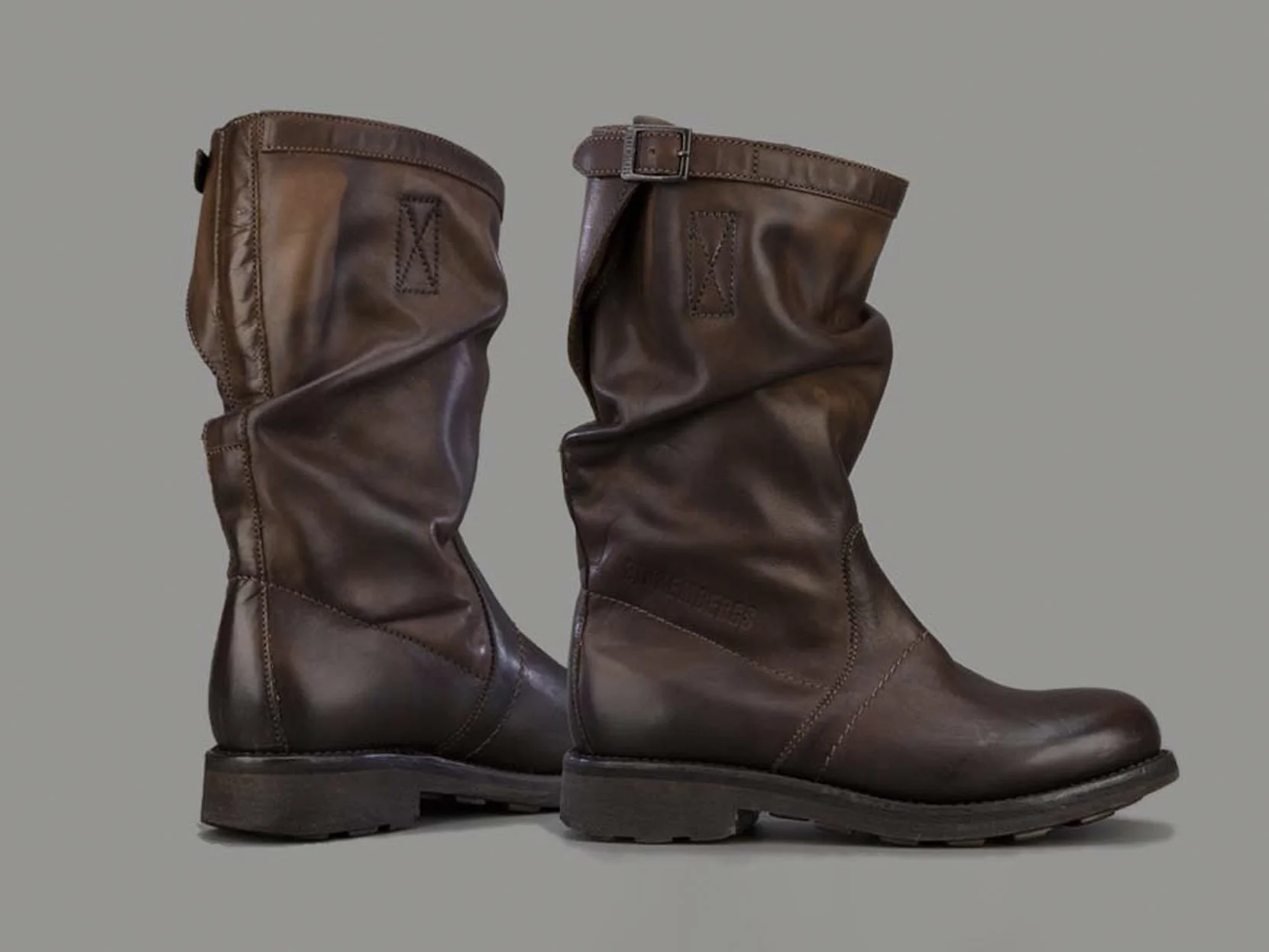
Alternative versions utilised softer leathers with shortened linings to exaggerate the slouch and suppleness, allowing the upper to fold, enhancing the impression of wear. The boots were conceived as pre-aged 'head-starts', offering a vintage look that deepened with continued use, suggesting an imagined past while inviting a future of use.
-
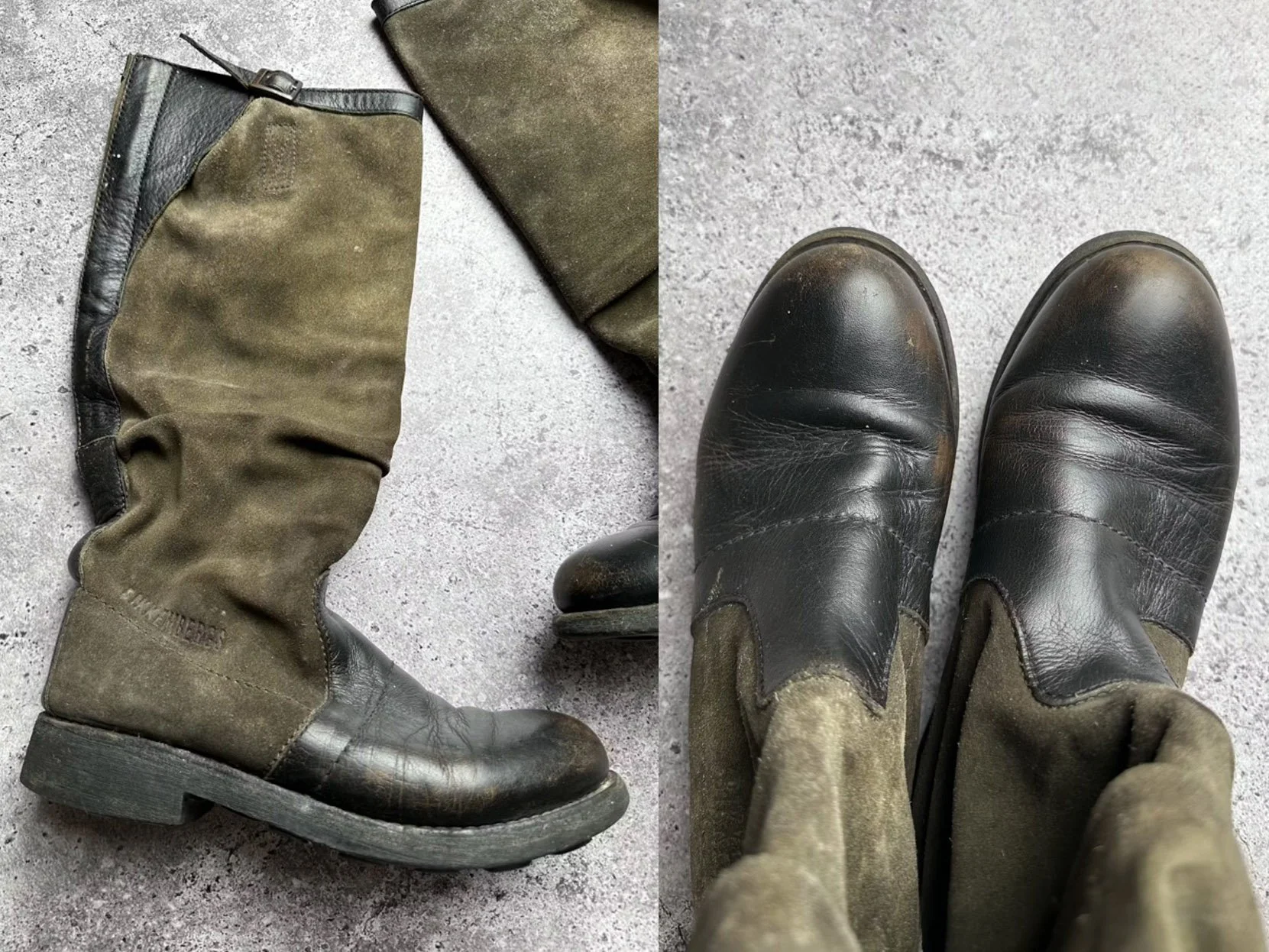
This process also served as a qualitative benchmark: only the most robust leathers and meticulously constructed boots would withstand the rigours of the washing process, and improve their character, like cherished knits or broken-in premium denim.
Final production samples added options in combinations of heavily waxed suede and vegetable-tanned leather (pictured above).
-
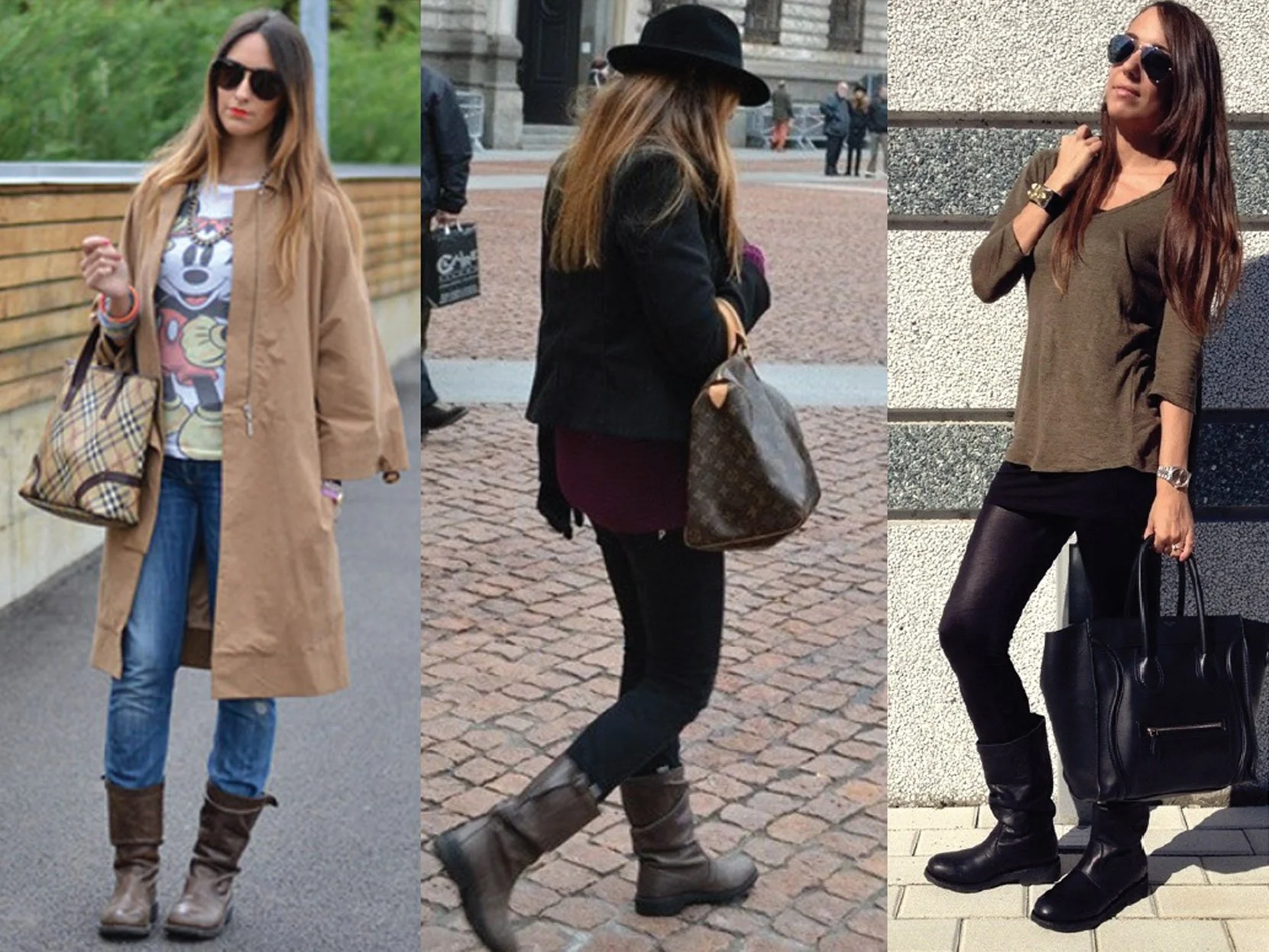
Sales exceeded 800,000 pairs across Europe. Sightings in Paris and Milan became common, often styled with vintage jeans and referenced across fashion media.
-

Their cultural and commercial success inspired a secondary phase; to apply the process to more accessible silhouettes. A more casual, everyday, street-style shoe was developed, drawing influence from five-a-side post-match culture. The ‘Soccer Sneaker’.
-

Industrial-grade construction enabled the shoes to endure the intense washing technique.
-
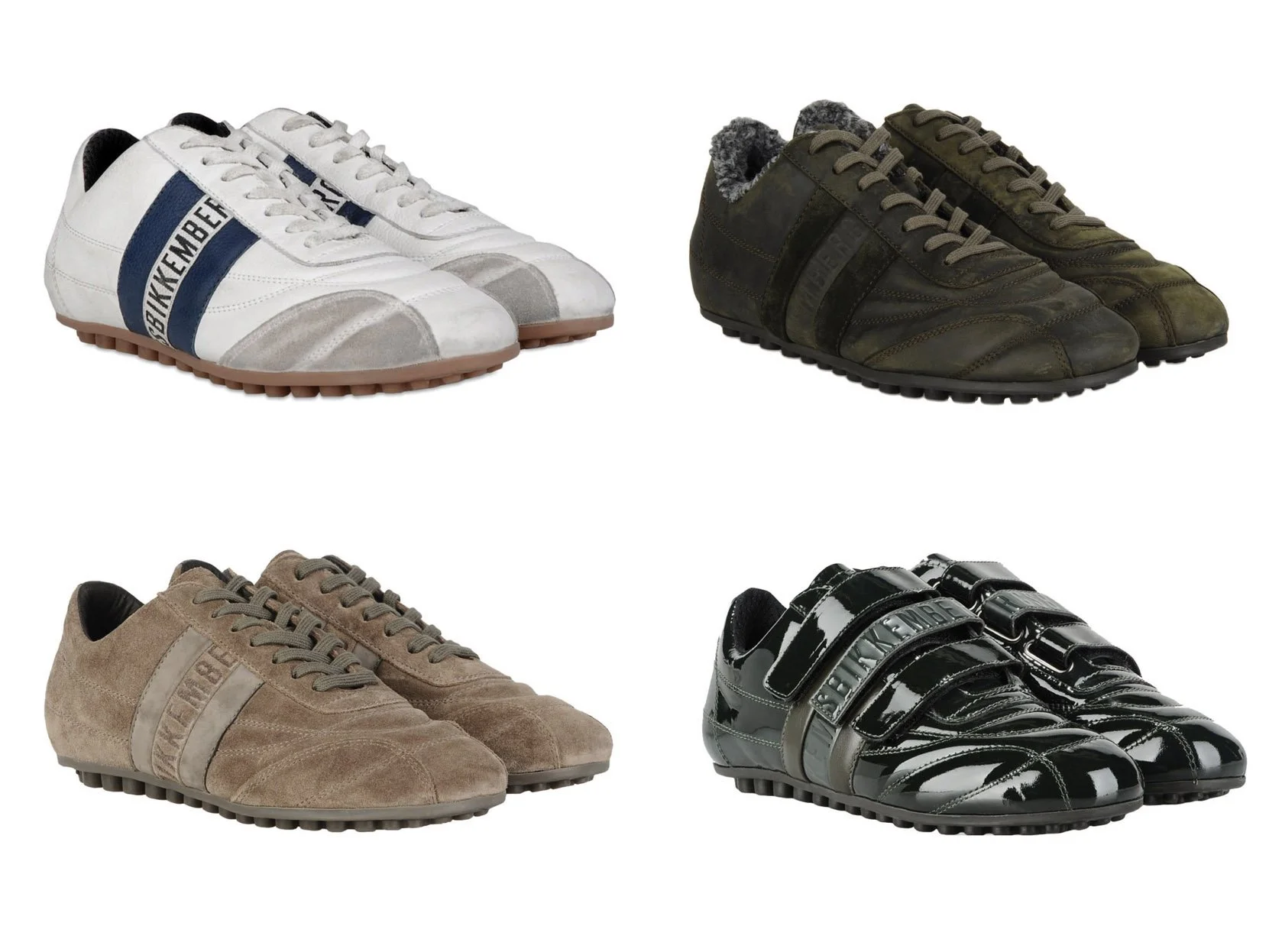
The Soccer Sneaker received a strong reception in Italy and Southern Europe, prompting widespread adoption and imitation. Later releases introduced and expanded colourways and material combinations, such as cosy sheepskin. editions, relaxed suede versions, modern patent finishes, and sporty silhouettes with Velcro closures
-
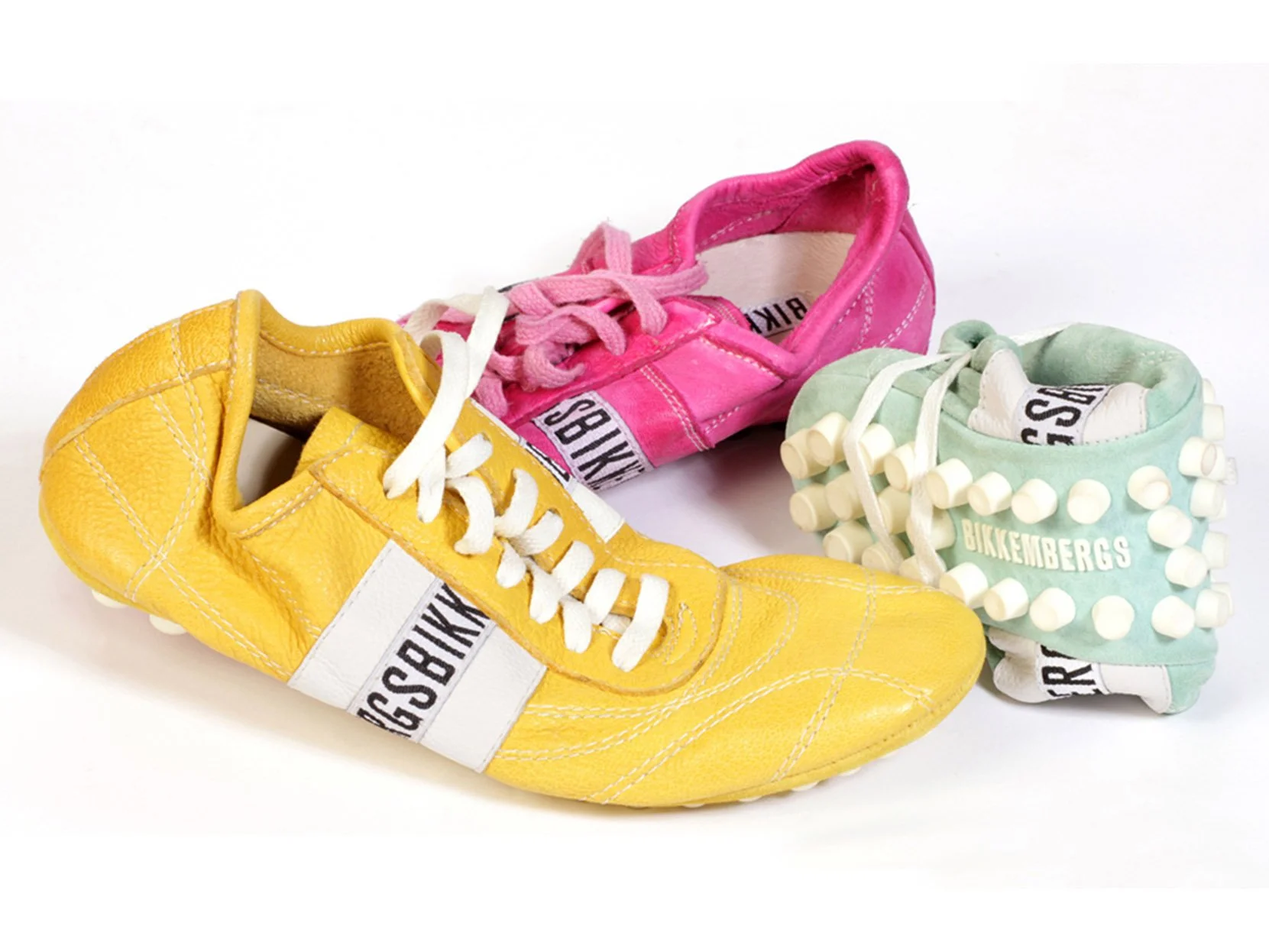
Feather-light moccasin versions followed for summer seasons in deerskin and unlined Italian suede, super-supple and foldable, delivering near-sock levels of comfort.
-

The design's adaptability drove its success. Continual variants were issued across seasons and international markets, including special editions for the UEFA World Cup and miniature versions for children.
-

With over 3 million pairs sold between 2000 and 2010, the soccer sneaker became the brand's most recognised and commercially successful model.
-
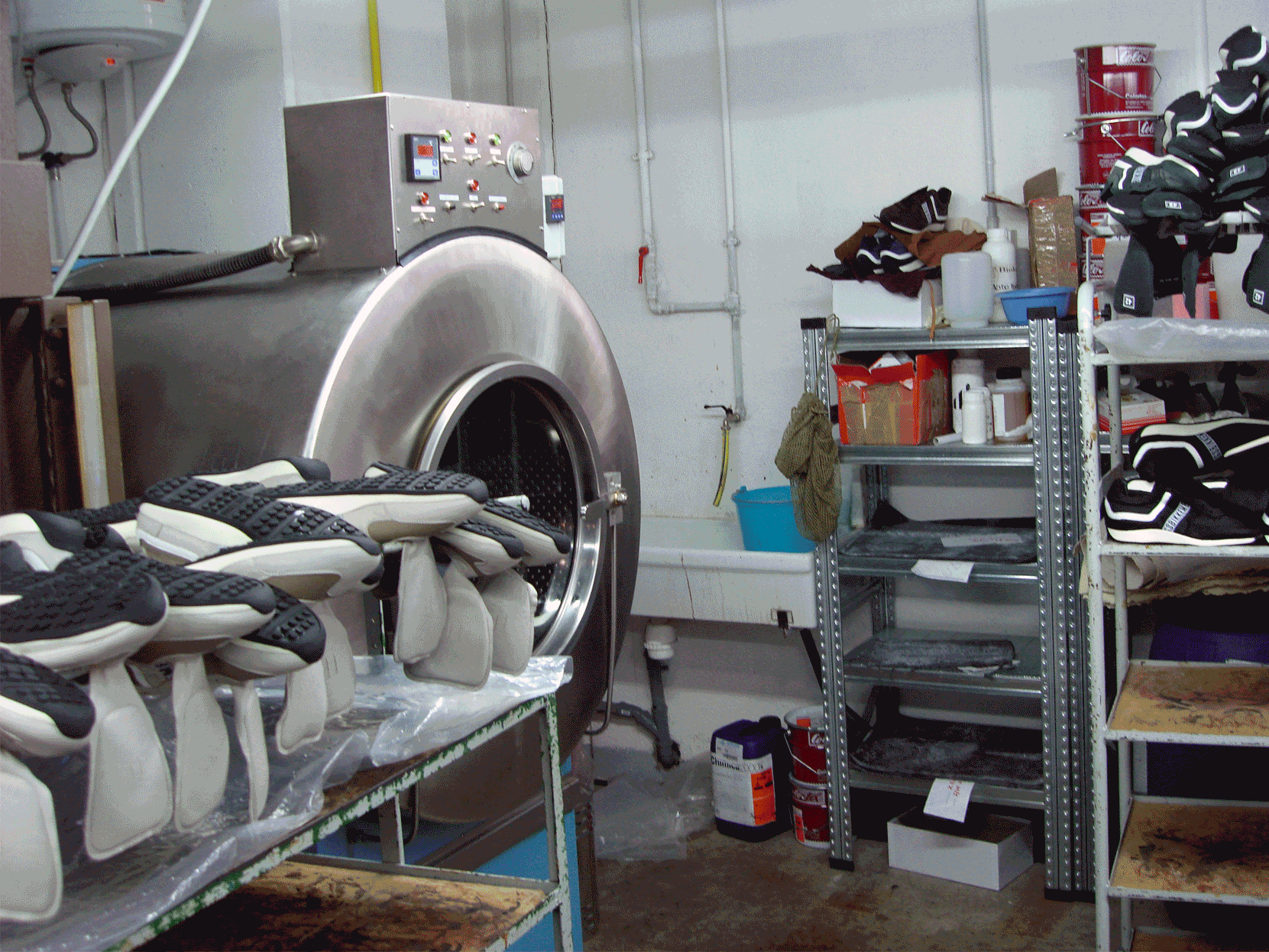
Further innovation introduced colour through dye-in-wash treatments. Raw, uncoloured shoes were dyed within the pigment-infused water, then naturally air-dried outdoors.
-
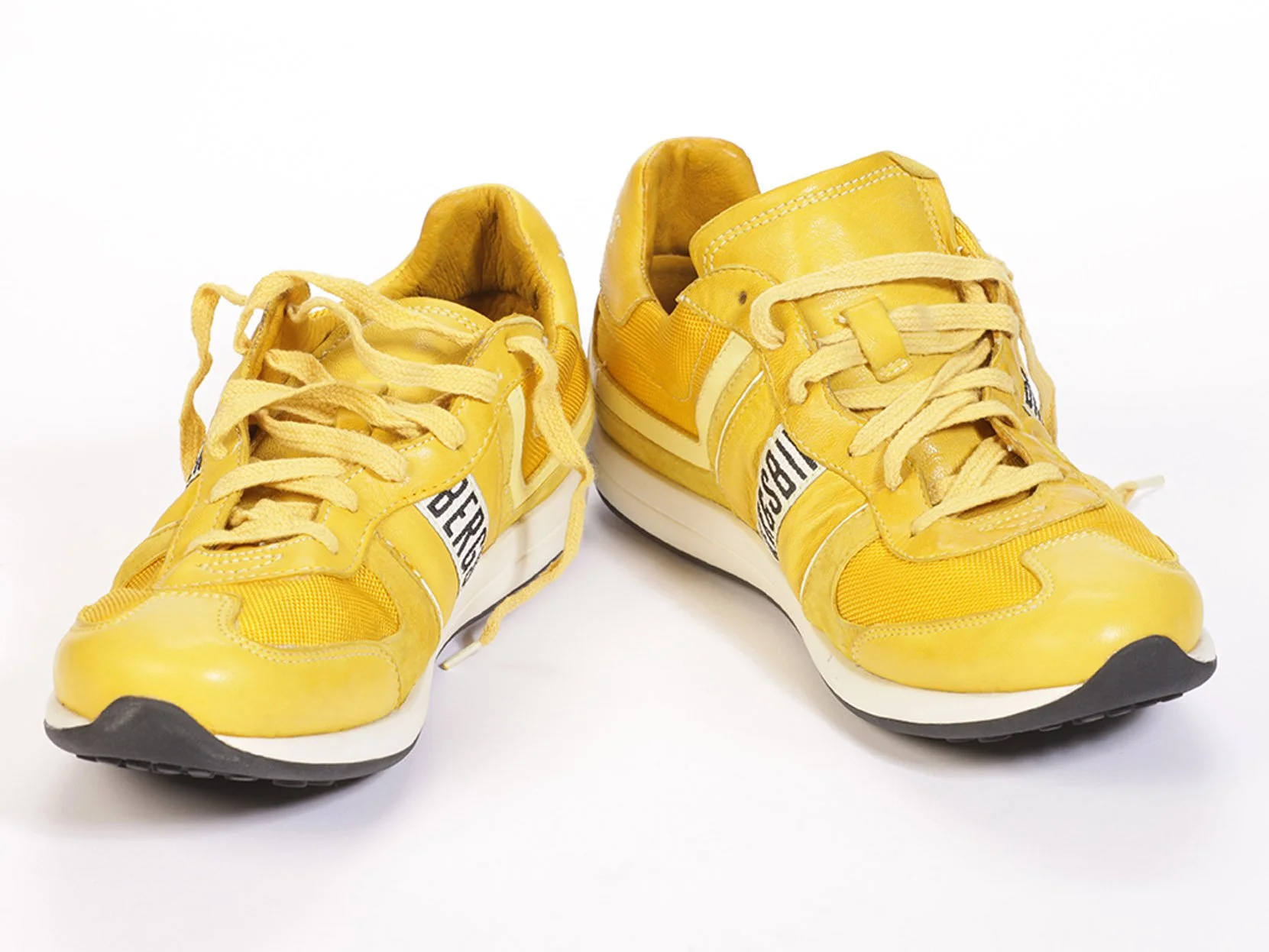
Results varied based on the material: leather, nubuck, suede and cotton absorbed colour differently, producing nuanced tonal variations and subtle inconsistencies, while retaining the desired patina.
-
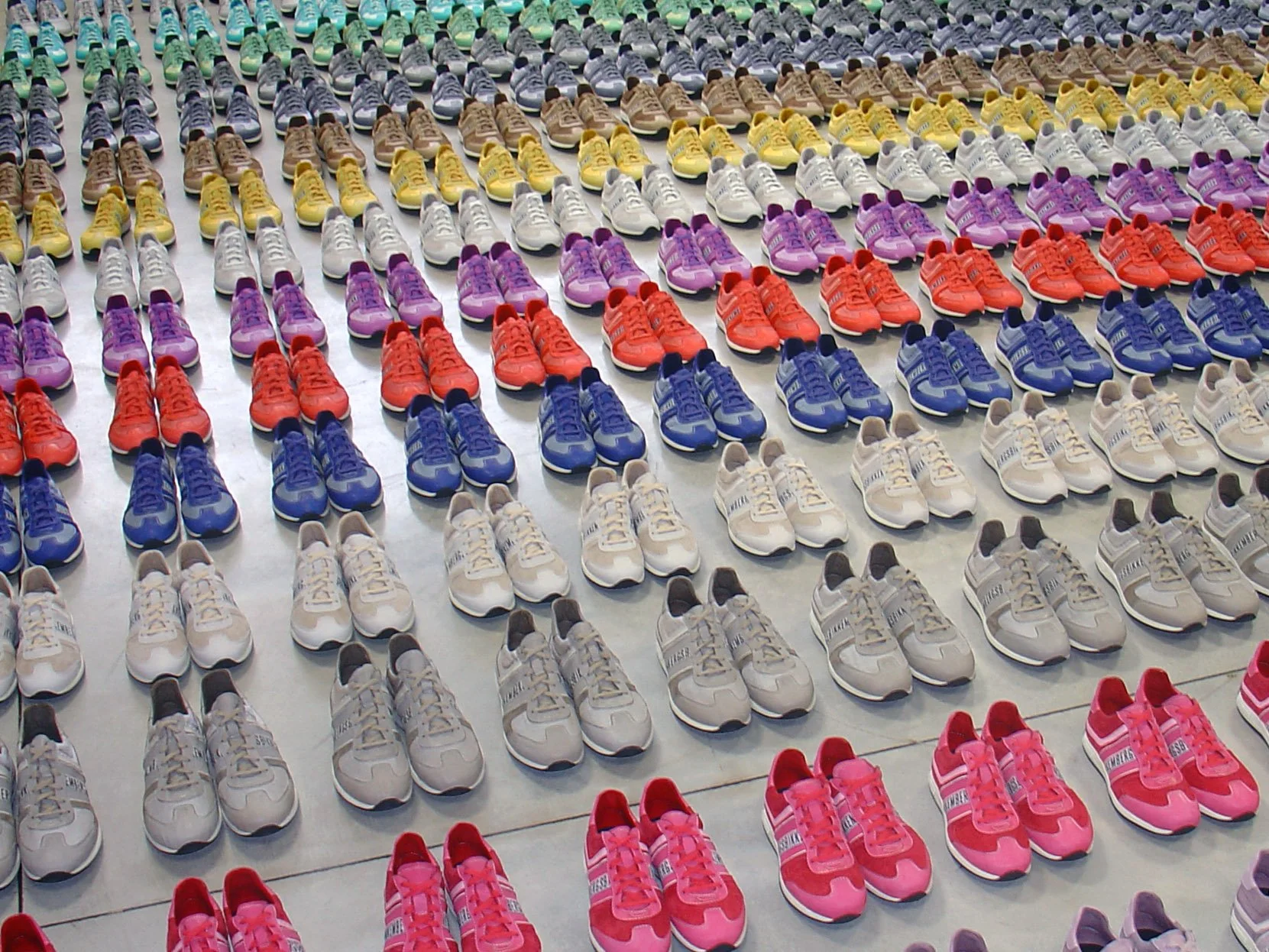
This method enabled a vast spectrum of colourways without material waste. A single silhouette became a canvas for limitless palettes, an evolution of aesthetic process and production strategy.
For full story see video below.
(Part of a guest lecture given at Glasgow School of Art, January 2025)
-
“Robert was inspiring, not only to me, but to a whole team of people he worked with and would push anyone of them, myself included, to go beyond their own limits".
Dirk Bikkembergs
